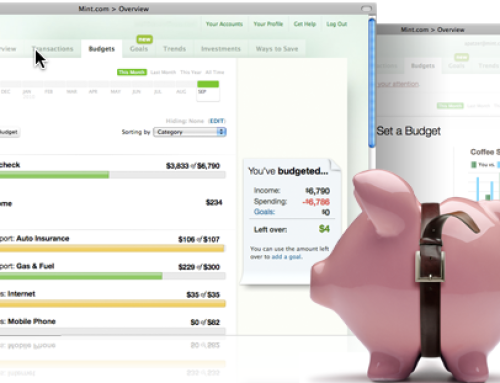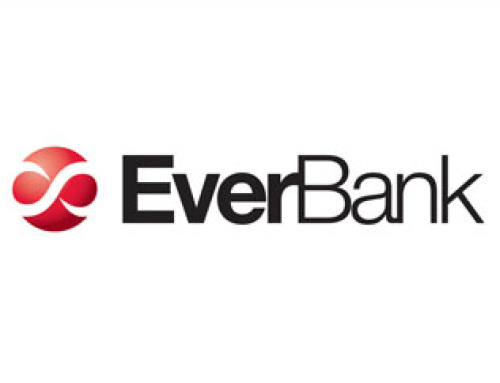
With a number of banks implementing new fees, and cutting services and rewards programs, many consumers are interested in changing banks and how to switch banks. However, the process can be somewhat daunting. In order to help you break it down into manageable tasks, here is a checklist of actions to take:
1. Find a New Bank or Credit Union
If you are unhappy with your current financial institution, look around for other options. Look for a new bank or credit union, and choose one that offers free banking, and that offers the service and products that you prefer in a bank or credit union.
2. Open an Account at the New Financial Institution
Once you find what you are looking for, open an account at the financial institution. Call ahead to find out what information and documentation you need to open an account. Be prepared to open your account with a deposit. Then, wait until your bank account is fully functional; you want your ATM/debit card before you start using the account.
3. List Your Regular Obligations
Create a list of monthly obligations from your old bank account. Pay special attention to automatic withdrawals from that particular account. Look back over the entire year to ensure that you aren’t missing semi-annual payments and other less frequent obligations. Mark off each obligation as you arrange to switch it to your new account. Then, note when each of the withdrawals from the new account actually go through. You can’t close your old account until everything is properly switched.
4. Contact Your Billers
Once you have a list of your obligations, contact the affected billing departments to make the changes. You will need your new account number, and the routing number for the financial institution in order to make the switch for automatic debits.
5. Change Your Direct Deposits
Next, arrange your direct deposits so that they are going into your new account. You might need to coordinate the timing of your income switch with your withdrawals from your new account. Find out ahead of time how long it takes to make the change for your direct deposits. Remember to include Social Security benefits, investment earnings, and other payments.
6. Keep Your Old Account Open for A While
You will need to keep your old account open for a little while longer. If you can, keep enough money in your old account to cover withdrawals that might not have switched. You need to expect some mistakes. Compare your list of obligations and income sources with what is happening with your accounts. Wait until everything has successfully switched to your new account before you close the old account. Leave the old account open until you’re sure everything has been moved over – and don’t forget to factor in the fees charged by your old bank account.
7. Close Your Old Account
Once everything has successfully transitioned, it’s time to close your old bank account. You need to make it “official” with the bank, letting the bank know that you are closing your account. Simply withdrawing all your money won’t automatically close the account. If you are paying fees, you will still be charged if you haven’t taken the steps the bank requires for closing an account. Make sure that you get confirmation of your account being closed so that the bank or credit union cannot charge you any inactivity fees in the future.
Don’t be afraid of choosing a new bank or credit union, especially if you are being overcharged by new fees or are not being treated fairly, in the end it is your money.













Follow Us